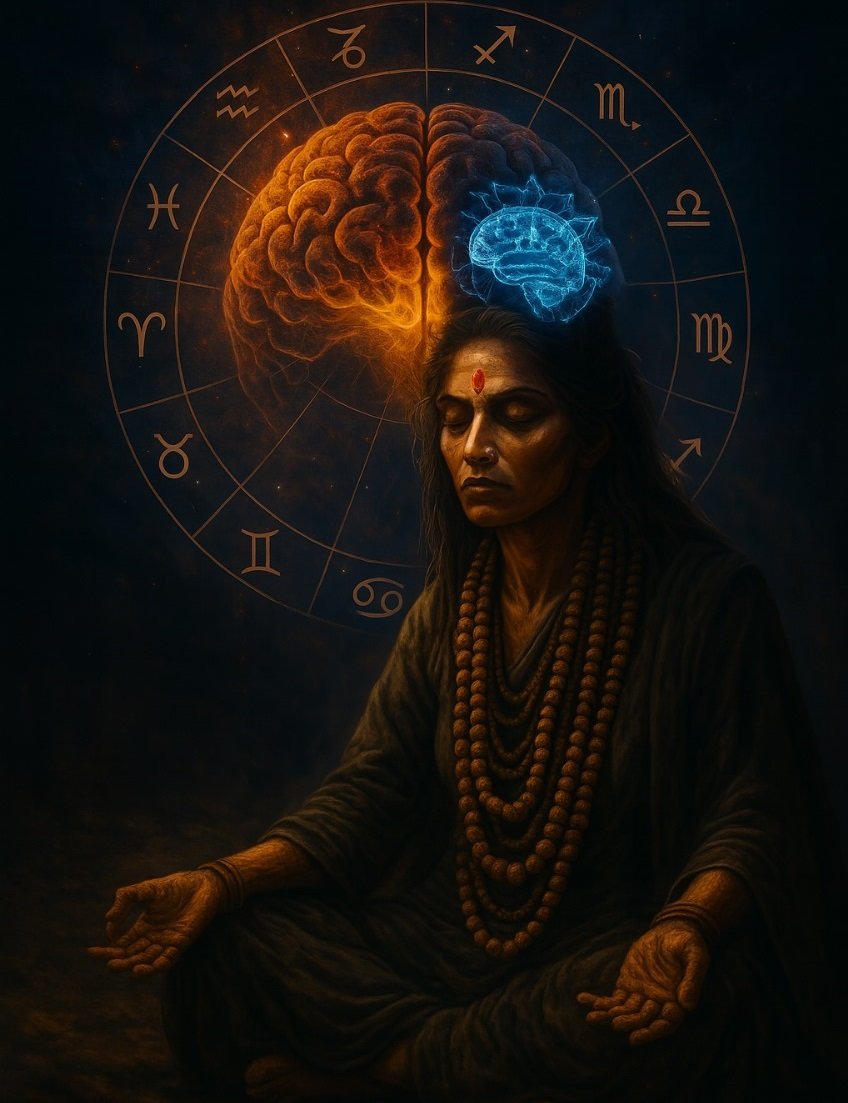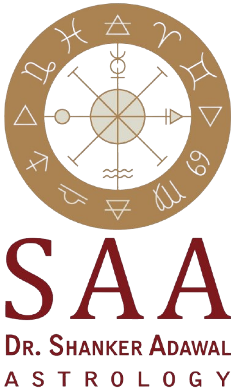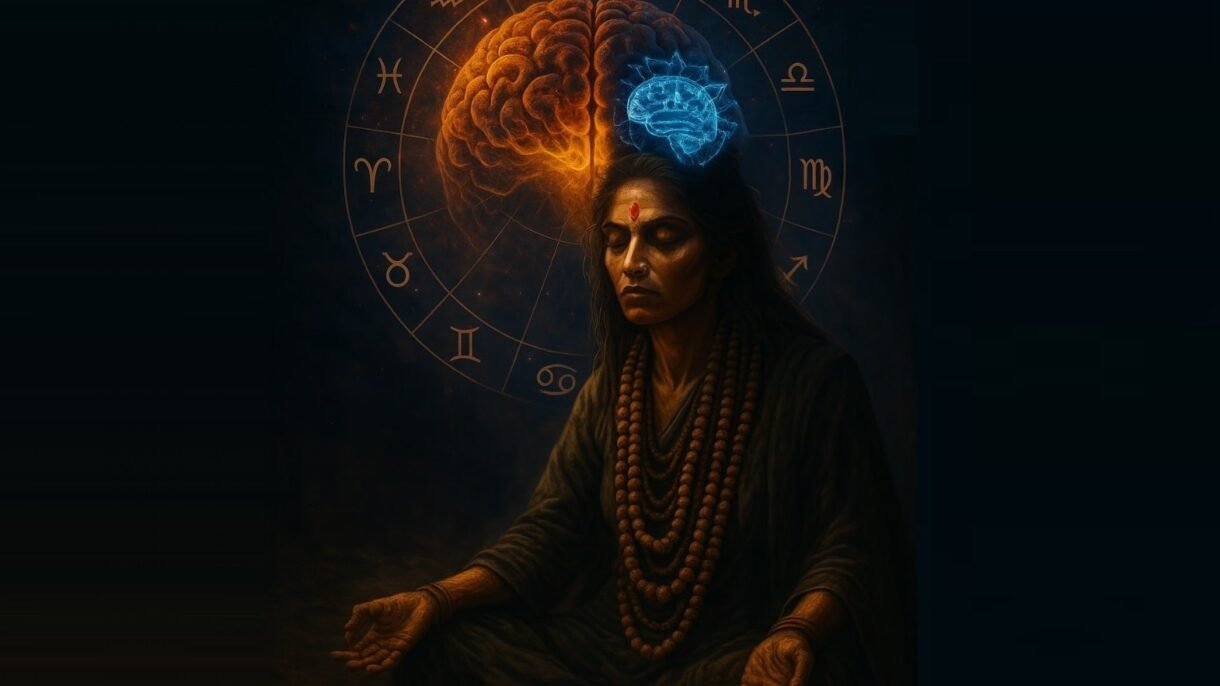 Introduction: Hidden Depths of Yogini Dasha
Introduction: Hidden Depths of Yogini Dasha
In the vast terrain of Vedic astrology, where planetary periods or Dashas play a crucial role in timing events and understanding life patterns, Yogini Dasha stands out not for its fame, but for its quiet depth. While many astrologers often rely on Vimshottari Dasha due to its widespread acceptance, Yogini Dasha has quietly influenced destinies, especially where subtleties matter more than grand planetary shifts.
But why is this Yogini Dasha so underrated? And more importantly, what secrets does it hold that can elevate our understanding of karma and timing?
Yogini Dasha—fast, potent, and deeply karmic—is the underrated Dasha system that astrologers often overlook. Discover how this 36-year Nakshatra-based cycle offers sharp insights into life’s emotional and psychological turning points.
Let’s dive deep into this lesser-known gem of Vedic time cycles.
What is Yogini Dasha?
Yogini Dasha is a Nakshatra-based Dasha system, which means it derives its structure and impact from the Nakshatra (lunar constellation) in which the Moon is placed at birth. Unlike Vimshottari, which uses 120 years and planetary periods, Yogini Dasha covers 36 years, making it much more concise and direct.
It consists of 8 Yoginis:
- Mangala – 1 year (Ruled by Moon)
- Pingala – 2 years (Ruled by Sun)
- Dhanya – 3 years (Ruled by Jupiter)
- Bhramari – 4 years (Ruled by Mars)
- Bhadrika – 5 years (Ruled by Mercury)
- Ulka – 6 years (Ruled by Saturn)
- Siddha – 7 years (Ruled by Venus)
- Sankata – 8 years (Ruled by Rahu)
The sequence of these Yoginis is fixed and keeps cycling through a native’s life. Depending on the Yogini active at the time of birth, the cycle begins from there.
Why Yogini Dasha Deserves Attention
- Concise and Fast-Paced: It wraps up in 36 years. That means cycles repeat more often within one lifetime—giving astrologers more patterns to compare and analyze.
- Accurate in Predicting Struggles: Yogini Dasha often captures life’s struggles, breakthroughs, and karmic outcomes in a more intimate way. This is especially true in cases where Vimshottari Dasha seems neutral or slow to act.
- Karmic and Behavioral Impact: Since it’s Nakshatra based, it brings out the psychological and emotional impact of karmic patterns, helping individuals understand behavioral shifts during different dashas.
- Rahu’s Signature Period: The Sankata Dasha, ruled by Rahu, often acts as a karmic turning point—bringing sudden twists, foreign influence, fame, addictions, or even spiritual awakenings. This eight-year cycle alone can transform lives.
- Useful for Quick Forecasting: Due to shorter durations, Yogini Dasha is very useful for giving quick snapshots during consultations, especially for those under 36 or facing repeating themes.
Practical Use in Chart Reading
While Yogini Dasha may not always override Vimshottari in predictions, it becomes incredibly useful when used as a supportive or confirmatory tool. Here’s how it fits in:
- When major events show up under Vimshottari and Yogini both—the probability of occurrence shoots up.
- Yogini Dasha periods help track patterns of mental health, addiction, spiritual practice, and motivation.
- Sankata and Ulka periods, in particular, have shown repeating themes of karmic shifts during our research.
In several charts, we observed how Yogini Dasha predicted breakups, career disruptions, health scares, and spiritual rebirths more sharply than other Dasha systems.
The Yoginis Are Not Just Names – They Are Archetypes
Each Yogini represents a certain energetic and psychological archetype that influences the native:
- Mangala (Moon) – Sensitive, nurturing, emotional beginnings.
- Pingala (Sun) – Confidence, dominance, self-centered energy.
- Dhanya (Jupiter) – Wisdom, growth, optimism.
- Bhramari (Mars) – Impulsive, active, sometimes aggressive.
- Bhadrika (Mercury) – Mental shifts, movement, curiosity.
- Ulka (Saturn) – Discipline, delays, lessons through suffering.
- Siddha (Venus) – Pleasures, comfort, relationships.
- Sankata (Rahu) – Transformation, illusion, karma unfolding.
Understanding these Yogini moods helps in both individual chart reading and psychological alignment.
Closing Thoughts: It’s Time We Looked Deeper
While Yogini Dasha may not be the trendiest tool in the astrologer’s kit, its depth and speed make it incredibly insightful for karmic predictions.
More astrologers and curious minds should start exploring this cycle—not to replace Vimshottari, but to enrich their timing techniques and uncover patterns that otherwise remain hidden.
If you’ve never looked into your Yogini Dasha—now might be the time to ask: Which Yogini are you dancing with right now?
Shankerji’s Special Note
This article is dedicated to the deeper layers of Jyotish that often remain untouched. Yogini Dasha is one such tool that deserves scholarly attention and research-based validation. Our team at ShankerStudy.com encourages readers and practitioners to observe this Dasha closely, track life events, and share their findings.
For detailed consultation, Yogini Dasha analysis, or case studies—connect with us. We believe Jyotish is a living science, and every voice adds to its pulse.
Mobile: 9818733000
www.ShankerStudy.com – ‘Bridging Ancient Wisdom with Modern Astrology’
Tag2Adawal.blogspot.com – ‘Blending Astro Stories with Soulful Simplicity’
www.ShankerAdawal.com – ‘Profile of Success: Vedic Wisdom and Business Strategy’
www.AskShanker.Com – ‘Discover the truth – ask one burning question based on your Horoscope!’
www.shrikrishnapravahashram.org – Serving Souls & Healing with Compassion: Empowering Girls, Upholding Tradition, and Offering Food to Every Guest – ‘Atithi Devo Bhava’!

